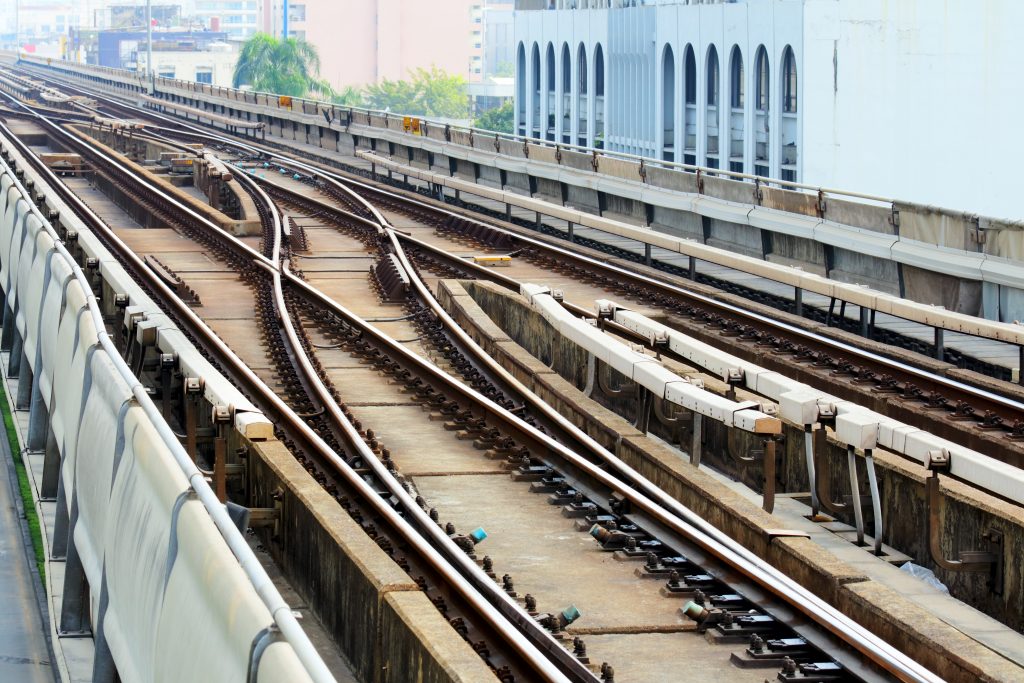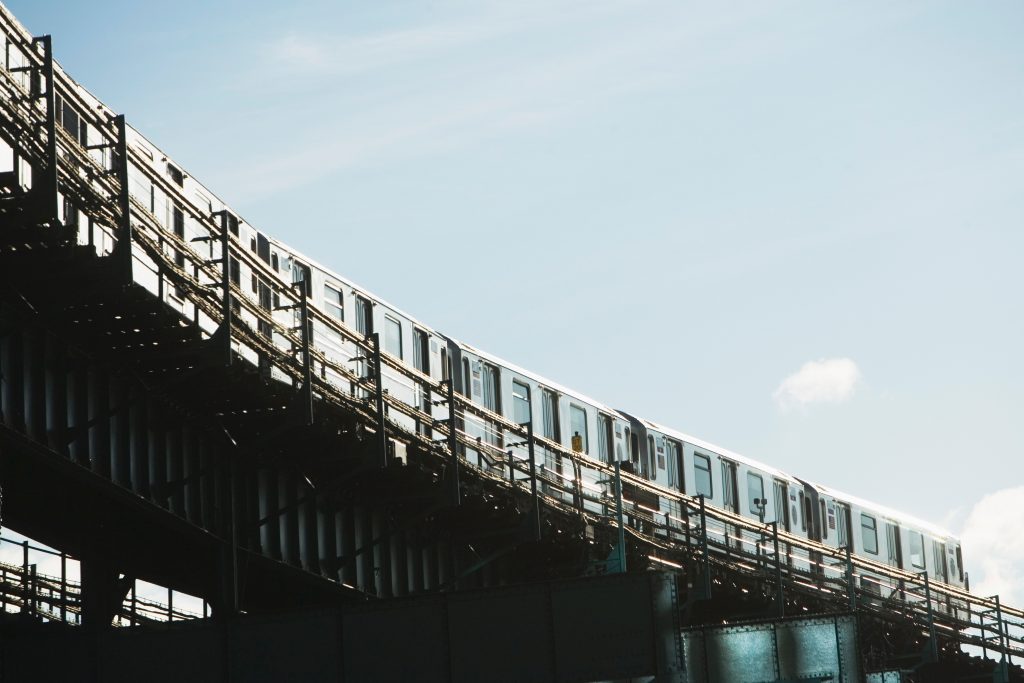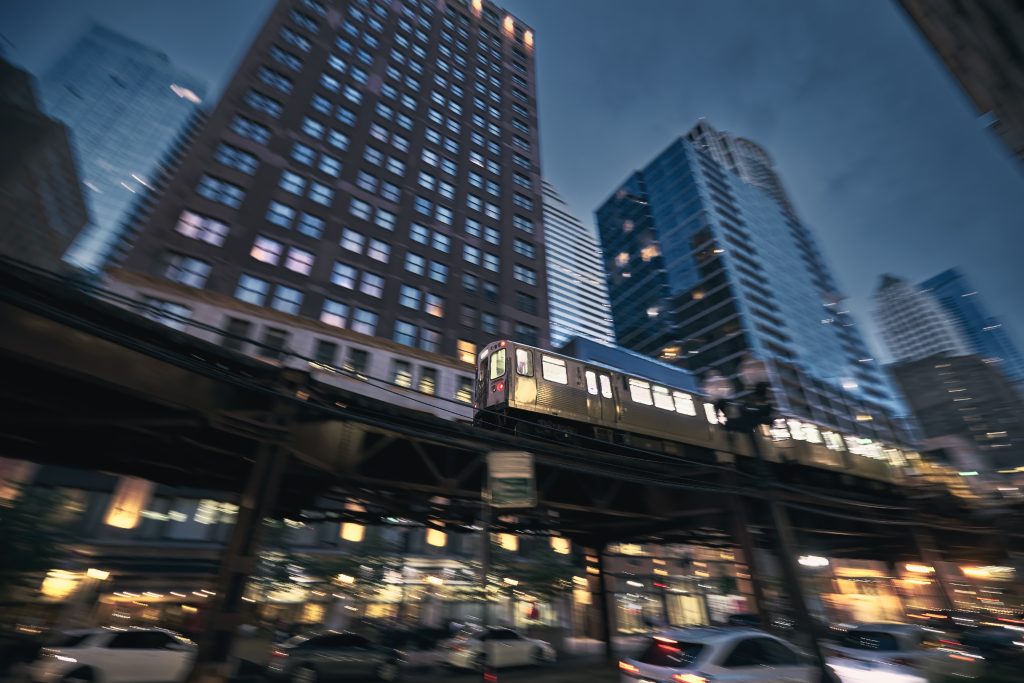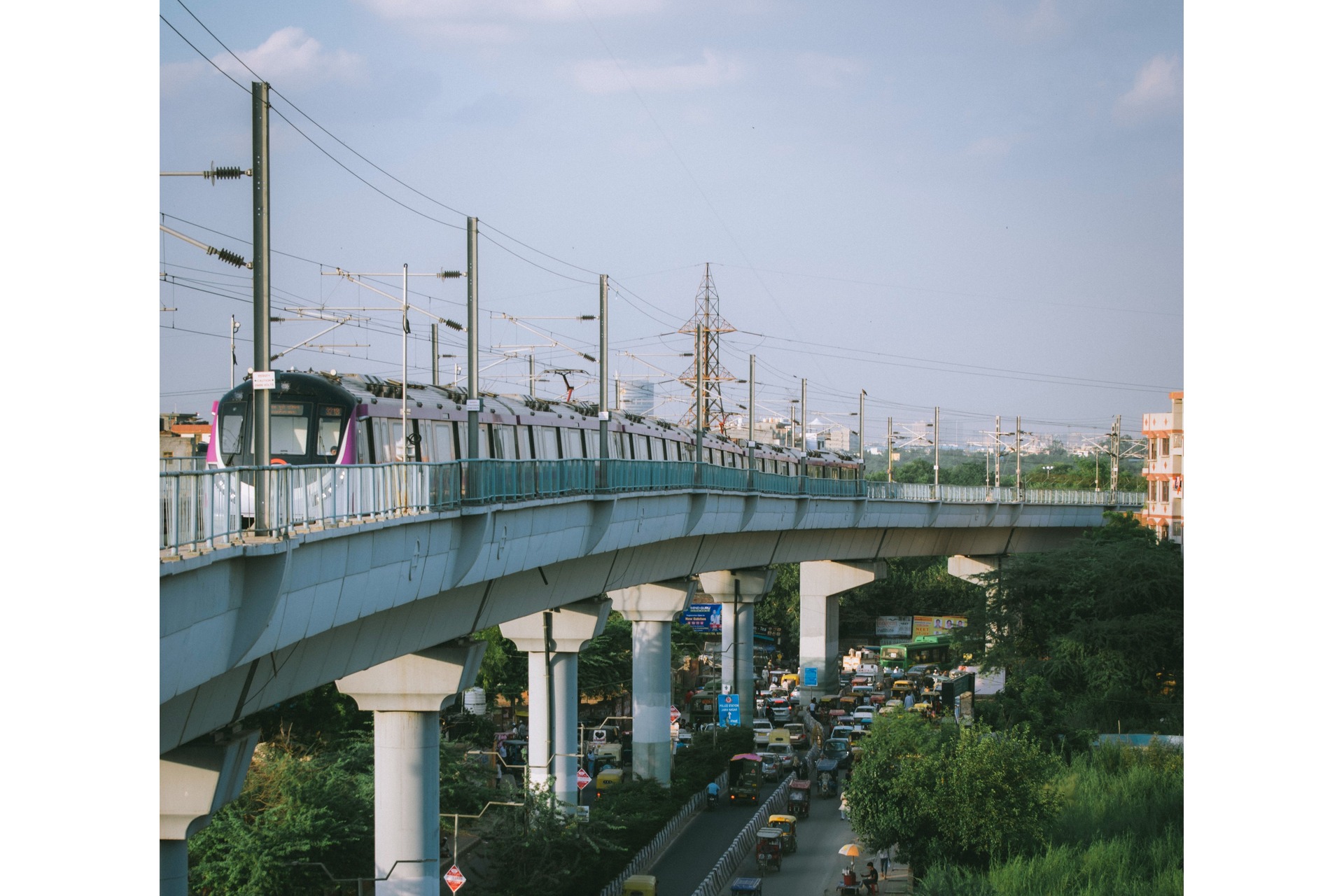The Philippines’ Light Rail Transit Line-1 (LRT-1) has successfully completed a train test run for the Cavite Extension Phase 1, marking a significant step toward the project’s 95 percent completion status as of October 2023. Using a Gen-2 train set, the compatibility check was conducted with an emphasis on key infrastructure elements like station platforms, walkways, and cableways. With the completion of its stations—Las Piñas, Zapote, and Niog—this extension is expected to significantly reduce the hour and a half it currently takes to travel from Pasay City to Cavite to just about thirty minutes.
With better transportation available, owning a house and lot for sale in Cavite may become more desirable. This development could have a major impact on the value of real estate in Cavite, especially for those looking for easy access between Pasay City and Cavite.
Light Rail Transit Authority and Transformative Extension Progress
The Light Rail Transit Line 1 (LRT-1) stands as a vital transportation backbone in Metro Manila, connecting key districts from Baclaran station in Parañaque to Quirino in Manila. Stations like EDSA, Libertad, and Gil Puyat strategically cater to diverse needs. Looking ahead, the Cavite Extension Project aims to extend LRT-1, addressing the growing demand for efficient public transportation. This expansion initiative, such as connecting to Cavite, seeks to enhance connectivity, accommodating the region’s increasing population and urban demands.

The successful completion of a train test run during Phase 1 of the LRT-1 Cavite Extension’s expansion represents a major milestone. This accomplishment highlights the project stakeholders’ consistent progress and dedication for transportation. From an infrastructure perspective, the extension is essential as its completion will improve the region’s efficiency and connectivity. When the extended line is operational, it is expected to offer a more dependable and effective mode of transportation, improving commuter experiences and strengthening the nation’s train network as a whole. The project’s goals are a step closer to being concluded thanks to the successful test run, which also represents a promising development in the improvement of public transportation in the Philippines.
Testing and Infrastructure Assessment of the Project
Thorough compatibility testing and infrastructure assessment have been essential parts of the development process for the Cavite Extension project. A thorough analysis of essential infrastructure elements has been carried out to guarantee the smooth integration of the extended line. One train set in particular, the Gen-2, which has the widest car body, has been specifically used for strategic compatibility testing. This decision makes it easier to conduct a thorough assessment of the station platforms, walkways, and cableways, highlighting the significance of accuracy in guaranteeing that every component fits perfectly with the special needs of the Cavite extension.
This testing strategy highlights the importance of LRT-1’s compatibility with the unique infrastructure nuances of the Cavite extension and the dedication to the project’s meticulous planning and execution. It demonstrates the commitment of the project team to conduct exhaustive evaluations as a vital part of the LRT-1 system’s overall improvement.

LRT and Land Use Planning
Land use patterns and urban development change completely by the installation of LRT systems because of the way that communities are arranged spatially. LRT corridors frequently act as catalysts for transit-oriented development, drawing commercial centers, residential complexes surrounding stations, and mixed-use developments.
A more effective use of urban space is encouraged by higher-density developments and higher property values that are close to LRT stations. Strategic land use planning combines development incentives and zoning laws with transportation infrastructure to optimize the benefits. This guarantees the creation of lively and livable neighborhoods by ensuring that the areas around LRT stations are planned to accommodate increased pedestrian activity, green spaces, and amenities.
Harnessing the full potential of light rail transit (LRT) to positively shape the urban fabric and promote sustainable, interconnected communities requires collaborative efforts among transportation planners, urban designers, and local authorities.
Travel Time Reduction to the real estate owners.

The successful completion of the LRT-1 Cavite Extension has resulted in a significant reduction of travel time. Specifically, the trip from Pasay City to Cavite now takes only about 30 minutes, which is a significant catalyst with far-reaching implications for the real estate industry. In addition to raising Cavite’s intrinsic value as a residential destination, this groundbreaking advancement in transportation connectivity also significantly raises the location’s market appeal to both investors and prospective homebuyers. For people who work in Pasay City or nearby cities, Cavite is an even more desirable suburb due to the convenience of shorter commutes, which can have an favorable effect on residents’ overall quality of life.
The improved accessibility and increased efficiency of the extended LRT-1 line are expected to have an influence on the real estate market and possibly raise demand for real estate. The region’s real estate market may see a boom as commuters enjoy more convenient travel, offering developers a strategic chance to satisfy the rising demand for housing and bolstering the general social and economic development of Cavite and its surrounding areas.
Impact on Cavite Real Estate

There’s a good chance that the enhanced transit system will shake up the real estate market in the area. The extended LRT-1 line improves connectivity, making house and lots in Cavite an even more appealing option for prospective homeowners. In addition to cutting down on travel time, the improved accessibility to Pasay City and other important locations enhances Cavite’s allure as a residential destination. Because of this newfound convenience, buyers and investors are probably going to be more interested, which could lead to an increase in property values and a favorable environment for real estate development.
A major driver of real estate investment, the Extension’s enhanced connectivity highlights the dynamic relationship between the region’s real estate market and transportation infrastructure, offering developers and prospective residents alike exciting opportunities.
Economic Impact of LRT
The areas around transit stations frequently see an increase in economic activity as a result of the implementation of LRT projects. Property values can increase due to improved accessibility and connectivity, as residents and businesses want to be close to LRT infrastructure. Additionally, LRT projects stimulate employment opportunities both directly within the transit systems (such as maintenance and operation) and indirectly through related urban development.
This makes them catalysts for job creation. LRT services’ convenience raises the appeal of the areas they serve, which promotes residential and commercial development. This economic synergy highlights how crucial well-thought-out and implemented light rail transit (LRT) initiatives can be in forming vibrant, dynamic urban environments that foster economic prosperity and development.
Community and Stakeholder Involvement
Actively seeking feedback and addressing neighborhood problems are key components of community engagement, which guarantees that the project meets the needs of the community. Numerous communication techniques, surveys, and open forums can all be used to help this collaborative process. A comprehensive development strategy requires collaboration with all relevant parties, including local companies and governmental agencies. Problem-solving conversations help identify and address possible obstacles as a group.
Furthermore, open communication is essential for fostering trust and informing all stakeholders—including the Light Rail Manila Corporation and the line involved—about project updates, possible obstacles, and advantages as it advances. This inclusive strategy encourages community involvement and improves the project’s overall success by incorporating diverse viewpoints and making sure the project meets the needs of the community.
Transit-Oriented Development (TOD)

Light Rail Transit (LRT) corridors can be strategically utilized to promote sustainable and all-encompassing development through the implementation of Transit-Oriented Development (TOD), a methodical approach to urban planning. As transportation hubs, LRT corridors are essential for promoting TOD as they function as hubs for integrated residential, commercial, and retail spaces. Utilizing the accessibility and connectivity that LRT offers to promote dense, mixed-use development around transit stations is a key component of the investigation into how LRT corridors stimulate TOD. For residential neighborhoods, business buildings, and retail spaces that are close to light rail transit stations to operate, careful planning needs to be done.
This frequently entails zoning laws that permit a wide range of uses, improving land use, and designing pedestrian-friendly areas. Reducing reliance on personal vehicles, encouraging walkability, and improving inhabitants’ quality of life overall are the goals of TOD. The development of thriving, transit-accessible communities that promote social inclusivity, environmental sustainability, and economic vitality is a top priority for successful TOD strategies.
Commuting Advantages of LRT
Light Rail Transit uses electric-powered transit systems, which reduces carbon emissions while placing a strong emphasis on environmental benefits. Utilizing greener energy sources, the program lessens the impact of conventional transportation that runs on fossil fuels and is in line with environmental conservation initiatives. Furthermore, the LRT-1 greatly reduces traffic congestion in cities, providing commuters with a more dependable and efficient option. In order to promote sustainable urban mobility, it is essential to integrate a large and well-planned LRT network.
This offers an environmentally friendly transportation option that not only makes daily commutes more efficient but also helps achieve larger environmental objectives. The project will have a significant positive impact on urban mobility and the environment as it moves forward, contributing to a more sustainable and commuter-friendly urban landscape.
Proximity to Train Stations as a Real Estate Asset
The analysis of this aspect involves studying how the physical proximity of residential or commercial properties to train stations influences their market value. Generally, properties located near train stations are deemed highly desirable due to the convenience and accessibility they offer to commuters. The presence of efficient public transportation often leads to increased demand for such properties, driving up both rental and purchase prices. This trend is particularly pronounced in urban areas where commuters prioritize accessibility and time efficiency.

The growing desire for transit-oriented living, where residents can easily access public transportation, reducing reliance on private vehicles, is reflected in the demand for real estate near train stations. The real estate market reacts to cities that prioritize sustainable and effective transportation systems by identifying the value that is placed on properties near train stations, making such proximity an asset in the real estate market.
Commute Time and Housing Choices
When choosing a place to live, commuters frequently take the length of their daily commute into account. They also strongly favor homes that provide easy access to train services. Reduced train commute times are a major selling point for some housing locations because they improve work-life balance overall and lessen the strain of long daily commutes.
Commuter preferences are frequently in line with properties that are positioned near train stations in a way that facilitates convenient and rapid access to public transportation. In addition to cutting down on travel time, being close to train services reflects a growing trend in urban living where people value efficiency, sustainability, and accessibility.
Consequently, the desire to live in neighborhoods that maximize the trade-off between commute time, accessibility to train services, and general lifestyle preferences is influencing housing decisions more and more.
Future Trends for Train Commuting and Real Estate
Real estate preferences are anticipated to be significantly shaped by the incorporation of efficient train commuting, particularly as cities continue to struggle with environmental issues and traffic. Future trends point to an increase in demand for real estate near train stations due to the need for sustainable and convenient modes of transportation. Urban planning and real estate development innovations are probably going to concentrate on developing communities that are transit-oriented, highlighting mixed-use areas, pedestrian-friendly surroundings, and environmentally friendly projects.
Real estate decisions are expected to be further influenced by the development of smart cities and advances in transportation technologies, with an emphasis on improving connectivity, cutting down on commute times, and promoting a more integrated and seamless urban lifestyle. Real estate and train travel are about to intersect in a way that will fundamentally alter to meet the changing demands and tastes of the contemporary commuter.


